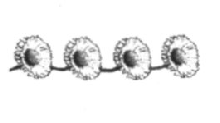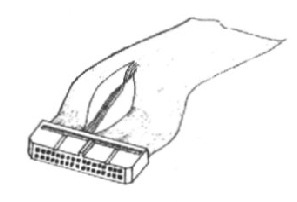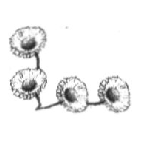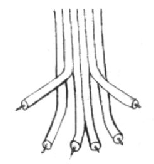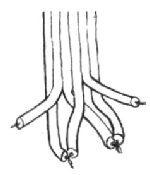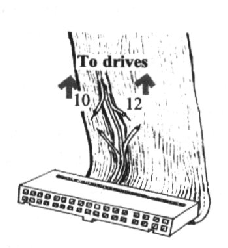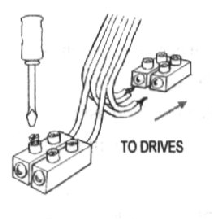An ABBA SWICH FOR THE EINSTEIN By Chris Coxall
The Einstein Floppy Disk controller can operate up to four drives daisy chained on one 34 wire ribbon cable. By sending a signal along wire 6 to use drive 3 or D, or wire 10 for 0/A,
12 for 1/B or 14 for 2/C it chooses the one drive it wants to operate at the time. As long as all drives on the chain have different jumper settings for drive select every thing works OK. Only one drive can be the boot drive and Drive 0 or A has to be the boot drive which loads up the disc operating system (DOS). If a 3½" drive which does not have drive select jumpers is added to the external port an internal 3" drive will have to remain the boot drive.
From EM88 the Bomb 2 article by Ted Cawkwell it was shown that by twisting cable wines 10, 11 and 12 a 3½ inch drive permanently fixed to drive select 1 or B could be set to drive 0 or A; a boot drive. If instead there was a switch to make this twist we could change the boot drive between a 3" and 3½" at will. The switch would have to be on the cable after the Einstein IDC connecter and before the first drive
on a chain for four drives. At the same time of switching A to B or back to AA it would have to switch B to A or back to BB.
A Double Pole Double Throw (DPDT) switch will make an ABRA Switch but for a problem to be overcome. The Einstein does not have one daisy chain for all four drives. Instead it is branched on the mother board before the IDC socket for the internal three inch drive cable and the external IDC socket for additional drives. Using the switch on the internal cable could only swap the two internal 3" drives. Not much
advantage in that. Alternatively removing the three inch drives from inside the Einstein and adding them to make a four drive external cable would be a waste of space.
To overcome the problem on my Einstein I have made up a new cable with the same connectors for the internal 3" drives but extending the cable beyond the last edge board connecter. After squeezing the free end through the Einstein's casing above the external drive port socket I have added connections for a 3 1/2 drive. 1 have then soldered a strip of 6 wire ribbon cable to a DPDT Switch and poked the free ends through a vent in the Einstein's lid to join to the drive cable. The five basic steps are illustrated next page.
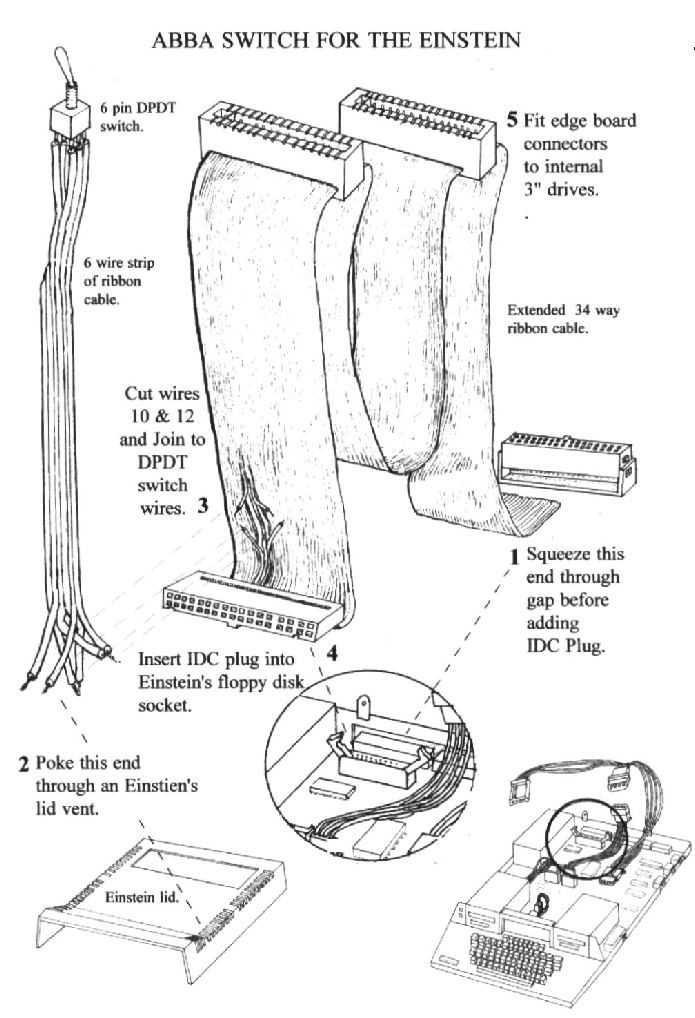
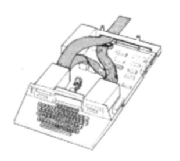



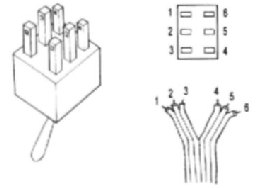
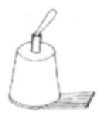
The 34 wire ribbon cable for the drives will need to be 4ft. long to connect the 3" drives and to get it squeezed comfortably out of the computers casing. How much longer it needs to be depends where the external drive or drives are situated. Where and how external an drive can be fitted and powered is covered in EM88 "The Bomb 2" article.
The DPDT switch I bought at Tandy's is very small and not much thicker than a pencil. This is so 1 can later fix it into the Einstein's face plate by drilling a small hole. Skilful soldering was required. For
those content to push wires through an Einstein's lid vent, and not want to solder, larger switches are available. Crimp on female blades could then be used for connections. Look for the "DPDT" initial and the diagram when buying a switch.
The 6 wire strip of ribbon cable needs to be long enough to go from where the switch is to be situated, through an Einstein's lid vent, to the position of the IDC cable socket for internal drives with a lot of additional slack. The slack is so the lid can be held aside while connections are made or broken. The end to be connected to the switch will need lo he divided down the middle 3 wires either side for a 1/4" to 1/2".
The underside of the DPDT switch has two rows of 3 parallel pins. Number the left hand pins down 1 to 3 then the right hand pins up 4 to 6. Number the six wires of the ribbon cable from left to right 1 to 6. Connect 1 to 1, 2 to 2 and so on for the six wires. Later at the other end the cross over wires will be connected. First the switch needs to be housed in some kind of box.
According to the switch you have chosen your own ingenuity will be required for the housing. I have used a plastic bottle top from a kitchen cleaner. A drilled hole allows the toggle arm to poke through from the inside. I then closed the bottom with plastic padding.
Once the switch ribbon cable has been pushed through a lid vent lay the end flat. Number the wires left to right 1 to 6. Peel wires 2 & 5 up out of the way for the moment and twist together the bare wires of 1 & 4, then 3 & 6. This creates the cross over wiring.
An ABBA switch is made by cutting lines 10 & 12 on the drive data cable before any of the drive connecters on the daisy chain. Two pairs of polythene wire connecters can be used to connect the switch wires to the drive cable. These can be bought in most DIY stores in strips of ten to twenty and cut into blocks as required.
The two single wires need to be connected to cut lines 10 & 12 of the data cable going towards the IDC plug and the pair with two wires twisted together to the ends of 10 & 12 going towards the drives.
An external 3 1/2" drive can be attached to the new cable after adding an IDC plug. Then there will be 3 drives on one daisy chain. The third and last daisy on the chain will be a 3 1/2" drive set to drive select 1/B. Therefore the right hand 3" drive (daisy 1) will need its drive select jumper set to 2/C. The left hand drive (daisy 2) will be set to drive select 0/A. Power up the Einstein and external drive. Put a disc into the 3 1/2" drive. Test the switch by making directories of drive 0. It the directory listing is different after using the switch it is working correctly. Replace the lid to finish.
Note.. I have used the ABBA switch successfully for some time now and it is ideal for 3 drive working. For four drive working using twisted cable lines 10, 11 & 12 an ACCA switch would be needed. For this cut and connect the switch lines to 10 & 14.
Note: A 36 way centronics male & female connection on the cable between the computer and external drives is helpful. The external drives can then he disconnected and reconnected for portability and modification. These are in the Maplin's catalogue FJ62S & FT74R.
This document is a replica of an article first published in the Einstein Magazine
issue No. 89 page 17 1998/99
